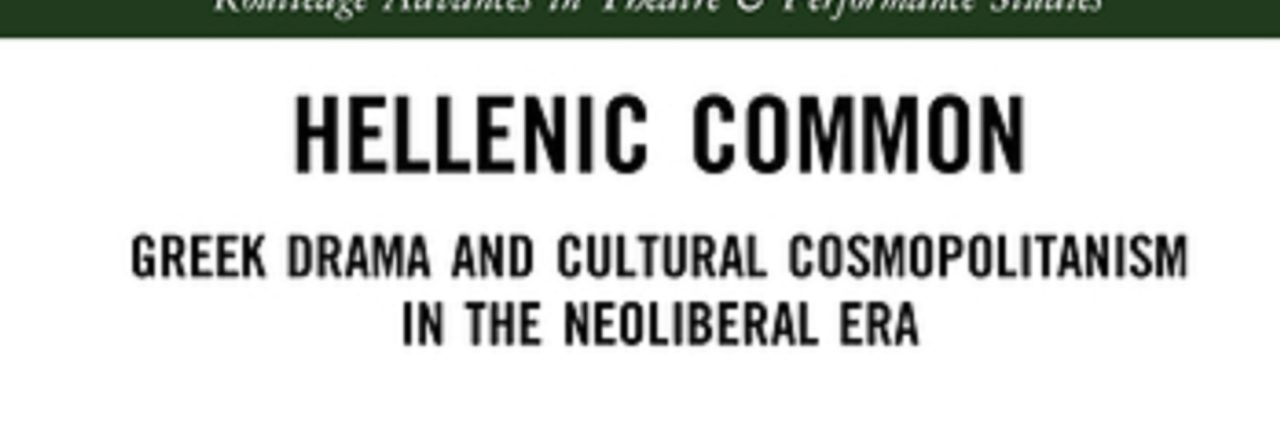And Then There Were None program This weekend I saw the State College Community Theatre’s (SCCT) production of Agatha Christie’s And Then There Were None directed by Eli Beers-Altman and assistant directed by Joe Appel. Our story begins with eight very different house guests, eccentric in their own ways, arriving at an isolated mansion situated …
Continue reading Agatha Christie’s And Then There Were None – 13 Sept. 2025 by Andi Stout
